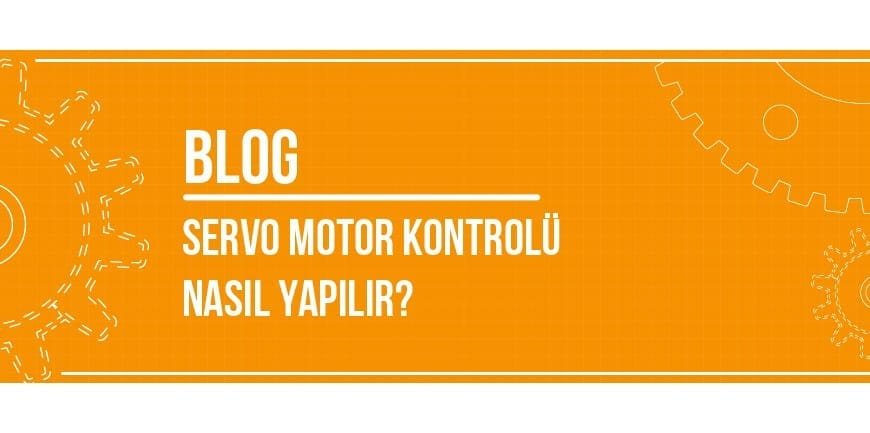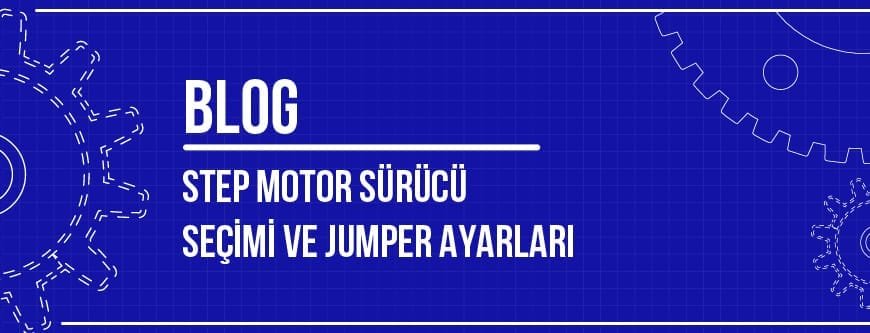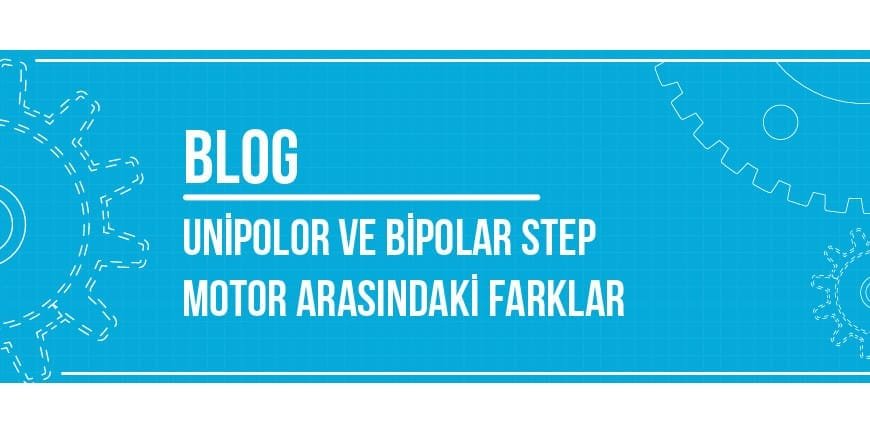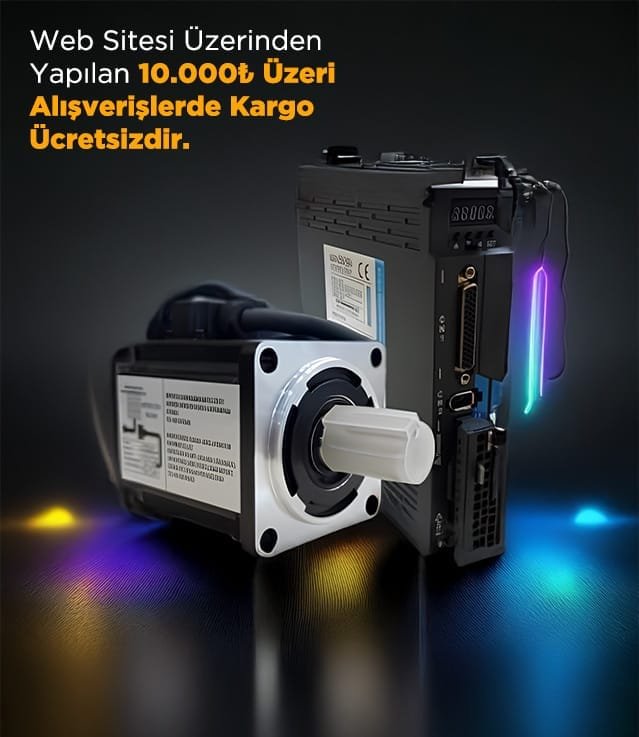
İçindekiler
What is a Servo Motor with Brake?
In this week’s blog post, we will explain what a servo motor with brakes is. Servo motors with brakes are electrically and mechanically different. They have magnetic brakes made of steel plates, which are mounted on the rear shaft of the motor. This allows the servo motor to perform mechanical braking. The activation of the brakes depends on whether AC or DC current is used. Brake-equipped servo motors consist of a rotor, rotor magnets, stator, stator windings, control system, and brake system. They are suitable for a wide range of applications, including packaging machines, office equipment, radars, air conditioners, pumps, toys, robots, and many other machines.
Differences Between AC and DC Voltage Braking
The difference between AC and DC voltage braking can be summarized as follows: DC-braked servo motors draw lower currents. The coils used to power AC-braked servo motors take up more space than those used in DC-braked servo motors. AC-braked servo motors engage faster than DC-braked servo motors. This feature makes them ideal for applications requiring frequent braking. AC-braked servo motors may generate more heat, which can result in louder operation. When considering the advantages and disadvantages of AC-braked servo motors alongside those of DC-braked servo motors, it is evident that DC-braked servo motors are more widely used. 
The image shows the connection of a standard servo motor with brakes.
We have come to the end of our blog post on servo motors with brakes. If you would like to use a servo motor with brakes, please visit the relevant page. You can purchase servo motors with brakes with the assurance of Şahin Rulman, or contact us if you have any questions.
Diğer Blog Yazılarımız








